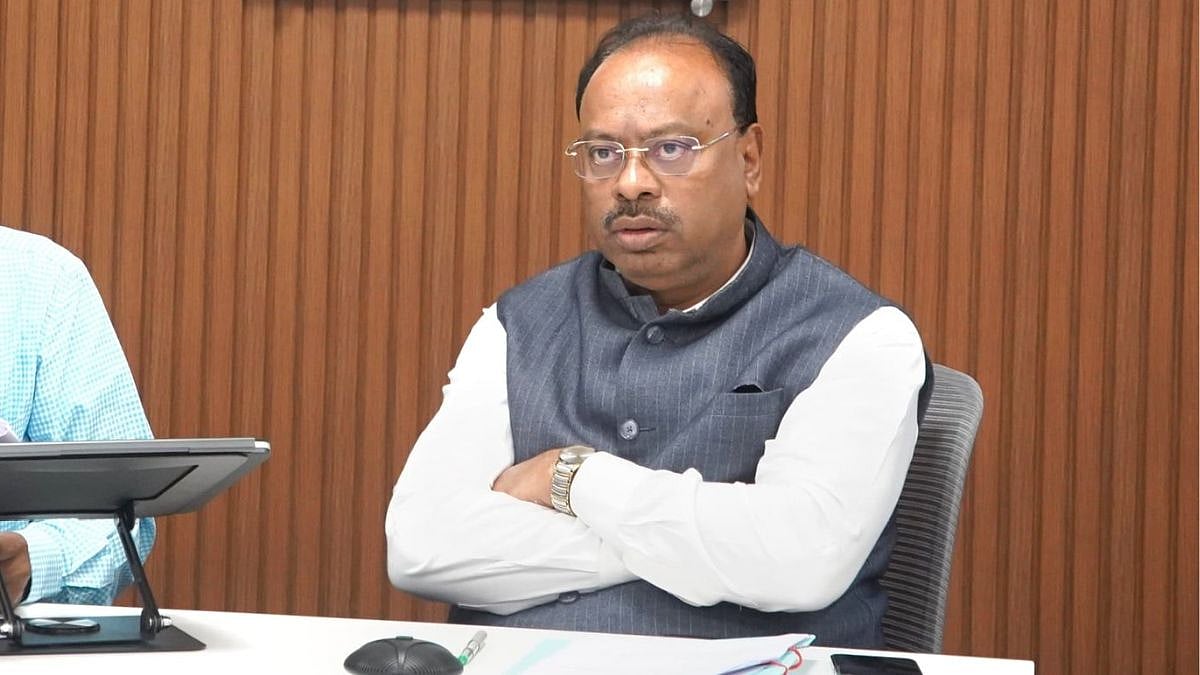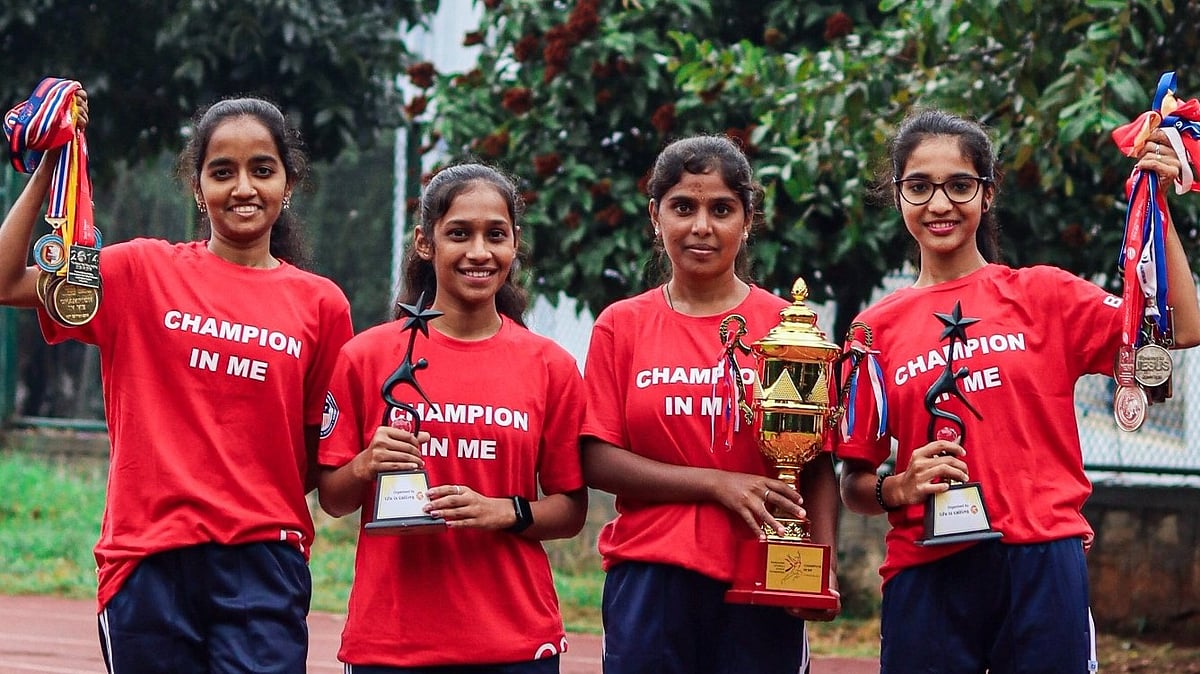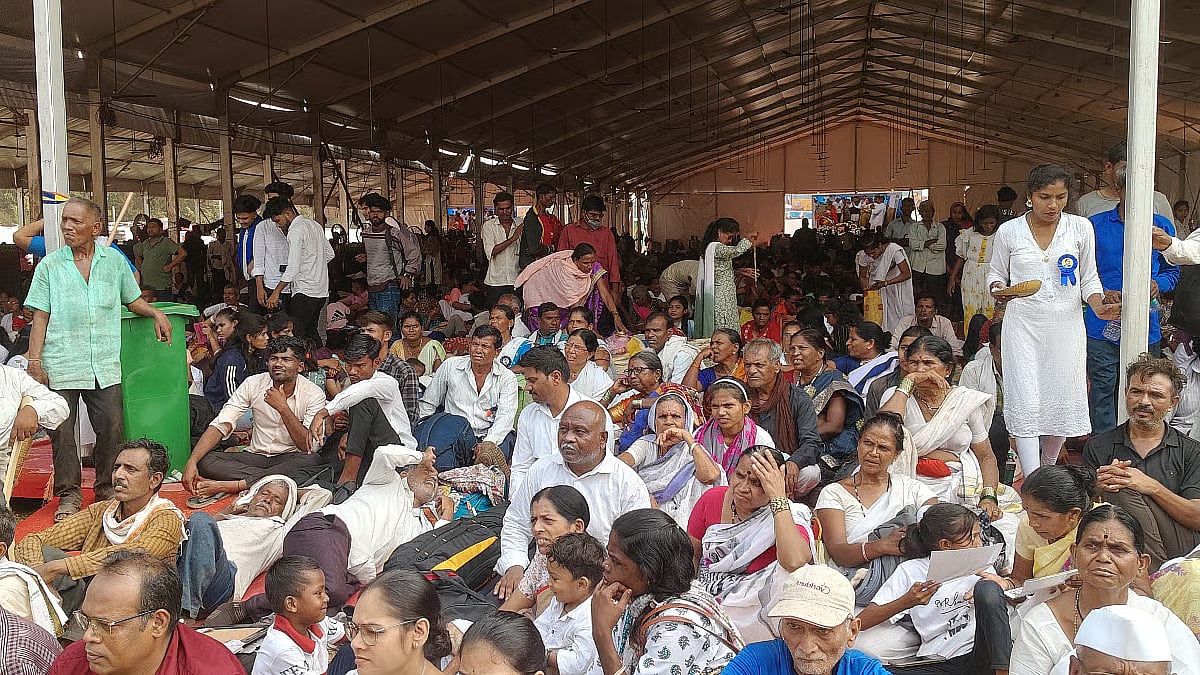Motherhood is the most powerful blessing. But it is also the highest responsibility. A mother can shape a child into being the most beautiful human being, but she can also damage the self-image of the child by superimposing her insecurities onto the child. To look into these two extreme dimensions of motherhood, let us delve into the lives of two mothers in the Mahabharata.
Gandhari, the blind folded mother of the Kauravas had done a lot of tapasya in her lifetime. She then used the power of that tapasya to fulfil her son’s desires. The throne of Hastinapur, was what her eldest Duryodhan coveted. Fanning his desires, Father Dhritarashtra paved the way for the Mahabharata war and Mother Gandhari blessed her undeserving son with invincible strength from the power of her tapasya.
After being lifelong blind folded, she opened her eyes to gaze at her son’s body which would make Duryodhan unbeatable. What was her reason for doing this? It was her mindset. A mindset of competition. Whatever Kunti had, she wanted to have more. Whatever Kunti’s sons had, she wanted her sons to have more.

But Kunti’s mindset was of acceptance. She accepted whatever life threw at her. She didn’t deny it. Gandhari spent a life-time in denial. She misused the power she had accumulated to strengthen Duryodhan to fight an adharmic battle. In effect, she gave a shortcut to Duryodhan to become strong and powerful.
Unfortunately, she gave him external strength. Not internal. She made him strong from outside while he remained weak from inside. Contrast this with the Pandavas and Kunti’s style of parenting. Kunti never gave her children any shortcuts to become strong externally but internally she made them super strong.
The kind of life they lived, they could adjust with any situation. She never ever offered the fruit of her tapasya to her sons. But the fact was that she lived a life of sacrifice and taught her children also to live a life of sacrifice.
Gandhari lived a life of sacrifice but taught her children to live a life of indulgence. Therefore, the difference between mothers Gandhari and Kunti is very simple. Gandhari lived to prove to the world that she was very great. That’s also the mindset she imparted to her children. And Kunti lived to improve herself. And that’s the mindset she gifted her children. One lived to prove and the other lived to improve.
Therefore the Kunti principle is divide and share everything. And what does Gandhari represent? The principle of grabbing whatever you can get. In Mahabharata, the five Pandavas, acted in such a way that we know the names of all five.
How many names of the Kauravas do we know? Two or three. Duryodhana always had his own way. Where was the question of divide and share? Because Kunti could accept all the situations of life, her children could accept all the situations of life. And Gandhari could not accept the situations of life — when Kunti gave birth to the child first, she couldn’t accept that situation.
Her husband was blind, she couldn’t accept the situation and blind folded herself. Because she couldn’t accept everything that came in her life when she had children she trained them also to be dissatisfied with what came in their life.
The more we learn to accept the realities of life, as a parent that much more we can empower our children to accept the realities of life. That is real inner strength that helps deal with stresses and challenges in life to the best of one’s ability.










